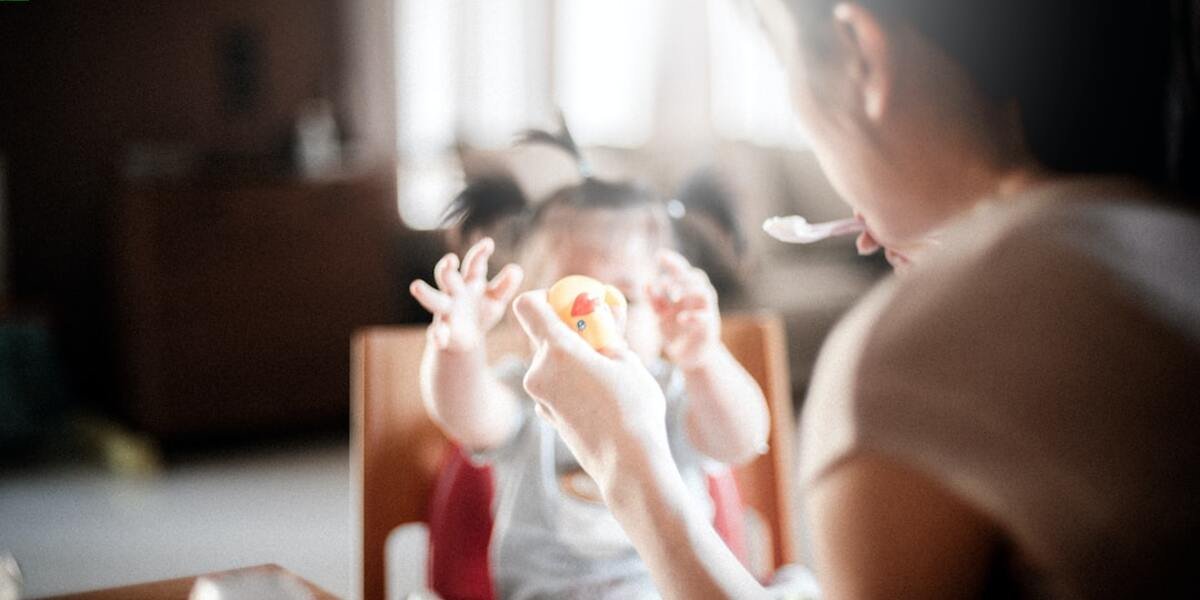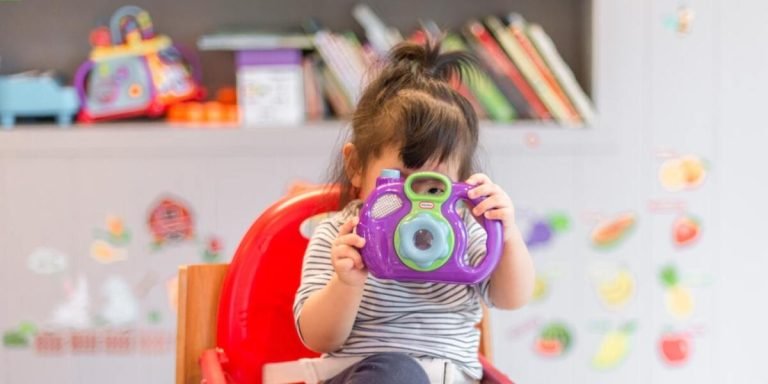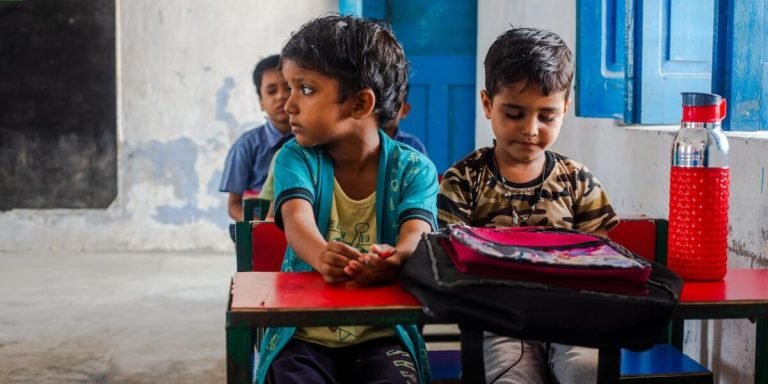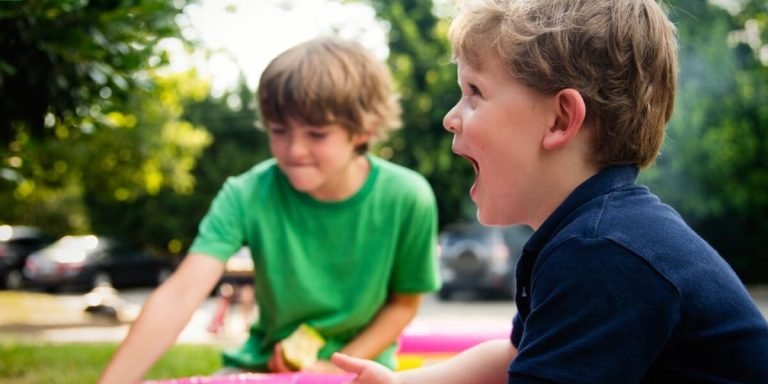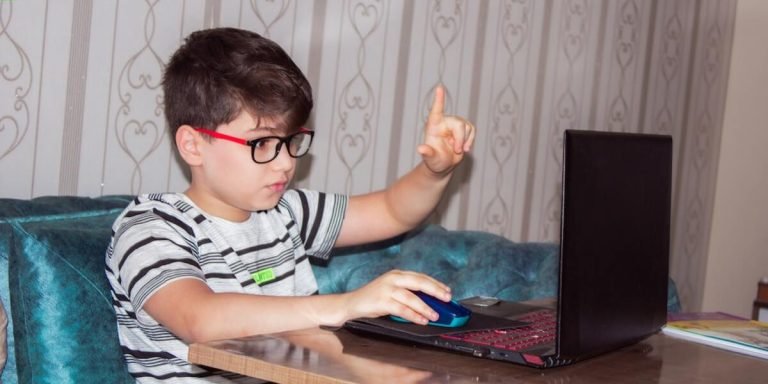Activities for 2 Year Olds: Engaging and Educational Play Ideas
Finding the right “activities for 2 year olds” can be quite a challenge. At this age, children are starting to explore their surroundings with great curiosity and enthusiasm. It’s crucial that we provide them with activities that not only captivate their interest but also stimulate mental growth and development effectively.
The world of early childhood education recognizes this formative period as an ideal time to introduce learning through play. With child-friendly materials, guided interaction, and positively reinforcing experiences; toddlers can absorb fundamental skills seamlessly while they delight in every playful moment.
Did you know?
Did you know? At 2 years old, children learn best through interactive and exploratory play. In fact, the American Academy of Pediatrics notes that high-quality playtime can lead to enhanced brain development at this critical age!
The Cognitive Benefits of Play-Based Learning for Toddlers
Play-based learning for toddlers is often seen as merely fun and games, but it goes well beyond that. Especially when we talk about activities for 2-year-olds in this ever-evolving educational landscape of 2023. Let’s break down the cognitive benefits these play-based activities hold.
Engaging children in playful exercises aids their mental development significantly. It fosters critical thinking skills while providing an environment where they can explore, interact with their surroundings and make decisions independently. Playful moments are also great opportunities to introduce problem-solving scenarios which help sharpen toddlers’ analytical abilities.
Furthermore, cognitive strength isn’t just built on intellectual capacity alone – emotional intelligence plays a crucial role too.
Incorporating socio-emotional elements into your toddler’s daily routine stimulates empathy and understanding amongst peers through shared experiences during collective playtime or even simple one-to-one interactions at home.
So remember: those structured building blocks aren’t just keeping little hands busy; they’re developing spatial awareness too! That rhyming song isn’t only catchy – it’s laying foundations for language fluency! As parents or educators guiding young learners through early education years, acknowledging the impact of seemingly straightforward ‘activities for 2 year olds’ will ensure these pivotal stages foster strong growth across multiple aspects of cognition.
Exploring Sensory Activities: Enhancing Perception in 2-Year-Olds
Engaging your 2-year-old in sensory activities can unlock a myriad of cognitive benefits. These simple and playful tasks foster development while making learning enjoyable for your child. Here, we explore some of the most effective sensory-based play techniques to enhance perception and support early childhood education.
Sensory play is all about stimulating children’s senses: touch, smell, taste, movement, balance, sight and hearing. Engaging toddlers in these pursuits not only enhances their perceptual abilities but also contributes significantly towards holistic growth.
You might want to consider setting up a ‘sensory bin’. This could be any container filled with non-hazardous materials such as rice or pasta that little hands can squish around in — it’s quick-to-assemble yet hours worth of fun! With this emotionally safe environment where they get to explore at their own pace without fear of being right or wrong – you’ll see them progressing steadily on motor skills too!
A well-planned nature walk is another fantastic activity for 2-year-olds offering rich visual stimuli while introducing various textures underfoot – grassy paths versus sandy beaches; delicate flower petals contrasting robust tree barks… Every step taken offers new lessons! Encouragement directed towards exploring natural surroundings systematically (like picking different leaves or examining tiny bugs) indeed lays foundation stones on scientific thinking!
Interactive Storytelling Games to Boost Language Skills
Interactive storytelling games have rapidly become popular activities for 2-year-olds. They are more than just fun and play; they serve as a powerful tool in enhancing language skills of toddlers, a critical aspect of their cognitive development.
One captivating game is “Picture This”, where you encourage your child to create stories using pictures on flashcards or books. Ask open-ended questions like ‘What do you think happens next?’ or ‘Why do you think he’s sad?’. These exercises can help them understand emotions better while expanding their vocabulary.
Another engaging activity could be the classic “Puppet Show”. Using hand puppets, tell simple yet exciting tales that will pique curiosity among little ones. Encourage participation by letting them maneuver some characters.
Not only does it promote creativity but also gives opportunity to practice new words they may learn from these visual narratives.
A modern twist could include digital interactive story apps designed specifically with young learners’ needs in mind such as app-enabled picture books and audio eBooks which offer multifaceted learning experiences to children in an enjoyable way.
“Tell me about your day” sessions work wonders too! Invite your toddler one-on-one after dinner time just before tucking him/her into bed, asking gentle probing questions about what happened during the day aids recall & should get interesting responses!
Setting the Foundation for Numeracy and Literacy at Age Two
Establishing a strong foundation for numeracy and literacy in children as young as two years old is crucial. In the ever-evolving world of 2023, parents are becoming increasingly aware of this necessity. Early childhood education plays an integral role in shaping these fundamental skills, which form the cornerstone of future academic achievements.
Interactive activities tailored specifically for two-year-olds go beyond simply amusing their curious minds. They serve as essential tools that nurture cognitive development while making learning enjoyable and relatable to their everyday life experiences.
One such activity could be playing with number-themed puzzles or colourful alphabet blocks; it encourages hands-on learning where toddlers can physically interact with numbers and letters – etching them into their memory better than passive viewing would allow.
Reading out loud from storybooks filled with captivating pictures not only stimulates imagination but also aids language acquisition by subtly introducing new words within engaging contexts. Infusing daily tasks like mealtime or bedtime routine with simple counting exercises further anchors numerical understanding during early years.
While carving out dedicated time each day for these activities may seem challenging amidst busy schedules, remember that consistency triumphs over length when it comes to early childhood education sessions at home—shorter duration but regular engagement tends to yield more effective results when educating your little ones aged just two!
Counting Fun with Everyday Objects: A Parent’s Guide
Awakening the curiosity of your little one to numbers and letters at this tender age need not be as daunting as it sounds. With simple everyday objects, you can engross them in activities which subtly introduce numeracy and literacy skills.
One of the easiest ways to start is by incorporating counting into their daily routine with games. Make meal-times learning times too! Encourage them to count fruits or vegetables during prep time or snacks like raisins or blueberries while they eat.
These are perfect activities for 2-year-olds that keeps them occupied constructively even while dining!
Another great idea would be turning laundry folding into teachable moments. Have your child help sort out socks and match pairs; this will familiarize toddlers with patterns – a stepping stone towards mathematical abilities later on.
Don’t forget playtime toys either! Building blocks aren’t just loved because they’re fun but these little colorful bricks hold untold educational potential for early childhood education experts swear by- including understanding shapes, sorting colors, building structures predicting balance etcetera all while unconsciously counting how many used?!
Books also hold endless possibilities when it comes down teaching literacy skills especially weaved beautifully through storytelling sessions before bedtime every night where reading aloud introduces children vocabulary reinforces pronunciation enhances listening comprehension bridges connection between written spoken word (which crucial component developing language).
Phonics Through Play: Interactive Alphabet Activities
Phonics forms the foundation of literacy in children. Introducing kids to phonetic awareness at a tender age can boost their language and reading skills, setting them on course for academic success. Therefore, one way for parents to effectively teach alphabets is through interactive play activities designed specifically with 2 year olds in mind.
Firstly, begin by introducing each letter sound individually before moving onto blended sounds; this helps establish basics strongly before proceeding further down learning path.
For instance, you could pick up an ‘A’ block while clearly pronouncing its associated sound (‘aah’). By doing so repeatedly over time would help toddlers make association between visual representation (the block) & audio perception (your voice), leading to enhanced recall capability.
Secondly,—and equally important—is repetition which essentially strengthens memory connections thereby aiding retrieval process when needed later during conversations or formal school lessons! Repeating activity daily around same schedules such as post breakfast hours might work wonders here!
Fostering Social & Emotional Development through Group Interactions
The importance of fostering social and emotional development in our little ones cannot be overemphasized. In a world that increasingly values interpersonal skills, early childhood education provides the perfect platform for instilling these fundamental traits. Among many methods, group interactions are one of the most effective ways to promote this growth.
Activities designed specifically for 2-year-olds can play an essential role here. They help children learn not just about their own emotions but also understand those around them by engaging with peers in playful settings. These activities encourage toddlers to communicate feelings like joy or frustration without resorting to actions such as hitting or screaming— a vital skill they will carry into adulthood.
Moreover, nurturing these abilities through group interactions tends to foster empathy and cooperation amongst young learners. With guidance from parents and educators alike, children quickly grasp concepts such as sharing toys during playtimeness — all while having fun along the way! Given how critical these formative years are in shaping future behavior patterns, equipping kids today with robust emotional intelligence essentially prepares them better for tomorrow’s challenges.
Role-Playing Scenarios to Teach Empathy and Cooperation
Role-playing activities are an effective tool in the arsenal of early childhood education. They offer a valuable way for children, especially 2-year-olds, to understand their feelings and those of others around them.
1. **The Lost Toy:** This scenario can help teach empathy to your child. In it, one kid pretends that they’ve lost their favorite toy and is very upset about it.
The other child’s role is to comfort their friend and assist in finding the missing plaything.
2. **Sharing Snacks:** A great tool for teaching cooperation among kids! Let two children act this out: One has a lot of snack food but doesn’t want to share with anyone else; another kid wants some snacks too but doesn’t have any left.
3. **Doctor-Patient Game**: It’s not just fun pretend-play – being a doctor or patient helps imbibe care towards individuals who might be unwell or need assistance due to physical ailments.
4. **Supermarket Shopping Scenario**: Create an imaginary grocery store with real produce, shopping carts/baskets where kids decide what items they wish to purchase together under set budget constraints!
5.Membership-based Groups: Encourage participation within local community groups such as sports clubs or art classes which facilitate team collaboration skills effectively from toddler stage onwards itself!
These role-playing activities will encourage emotional development amongst youngsters by putting themselves right into someone else’s shoes – promoting understanding & building solid positive relationships henceforth thus fostering social interaction successfully during these formative years!
Music and Movement Sessions that Promote Bonding
Music and movement sessions are a fun way to promote bonding among young children. When it comes to activities for 2-year-olds, these gatherings significantly enhance their social-emotional development while ensuring they have a splendid time.
One of the most effective tactics is making music together. It’s not restricted only to singing songs but also extends towards playing simple musical instruments such as drums, shakers or xylophones. The shared experience allows children to connect with each other on an emotional level while stimulating mutual interest in rhythmic sounds and patterns.
Dance parties are another excellent idea where kids can express themselves freely through movements that complement different tunes or rhythms. This activity tends to be quite engaging since every child can participate at his/her own pace without feeling left out due to varying levels of agility or coordination skills.
Conducting ‘follow-the-leader’ games which incorporate music and dance elements helps boost the understanding of instructional sequences for toddlers whilst promoting synchrony within group interactions too!
Beyond this, themed creative plays with props like scarves or bubbles during song renditions bring about added excitement layered onto educational merit facilitating tantalizing sensory experiences bundled up into enjoyable learning capsules – truly one amongst many magical aspects distinguishing early childhood education from traditional academics!
Lastly, remember active participation by adults enriches these sessions exponentially! Be it clapping along rhythmically prancing about playfully – your involvement demonstrates encouragement appreciation fostering deeper connections between all participants involved further enhancing overall developmental outcomes experienced via these interactive affairs!
Conclusion
In conclusion, the ball’s now in your court to turn regular downtime into memorable moments of growth with these varied activities for 2 year olds. Not only will you be entertaining those little playful minds but also fueling their developmental milestones significantly.
Remember, our website is a treasure trove stuffed full of even more inventive and educational ideas that can help shape early childhood learning experiences. Let us join hands as parents and educators to make education both fun-filled and productive at this tender age. Venture further through the site today because – like your youngster’s potential – there’s always more waiting to be discovered!

